090907_@Galerie Roger Tator (Lyon) (3)
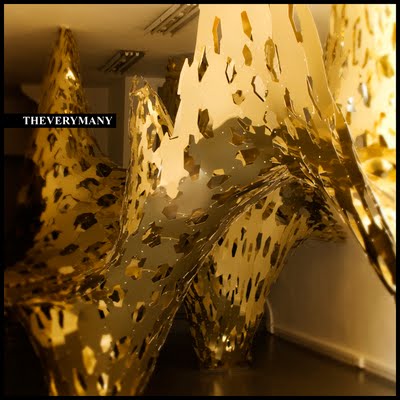
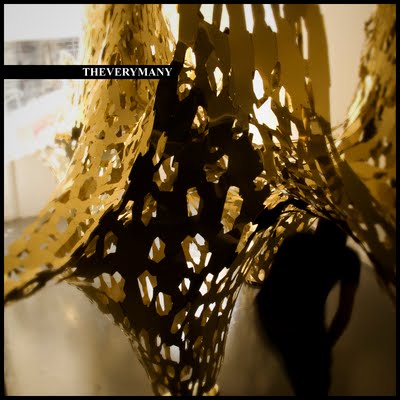
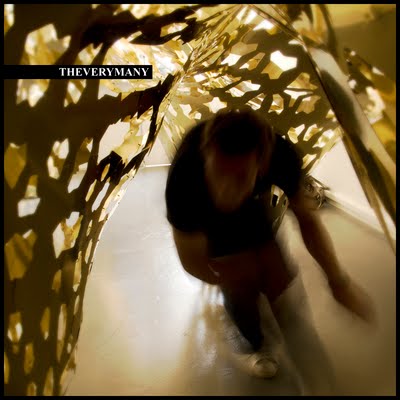
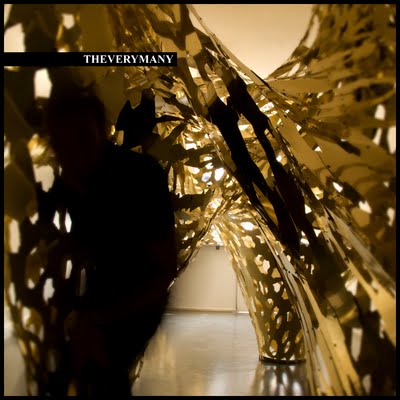
LYON (FRANCE)| nEdg| Galerie Roger Tator | 090907
THEVERYMANY (Marc Fornes, Skylar Tibbits, Mathew Staudt, Jared Laucks)
(invited as part of "parcours raisonance" of the Lyon Art Biennale)
14 September - 27 November (extended...)
"n|Edg" as the sum of its parts:
2 compound surfaces
2796 individual surfaces (from 3 to n edges)
5375 holes
“n|Edg” assembly is written within continuous series of investigations at different scale:
- the overall: development of protocols of surface relaxation - in order for the surface to generate best fit curvature in response to fix hanging or support points (floor, ceiling, walls) as curvature - despite generating apparent complexity - also provides natural structural stiffness.
- surface description (or sampling): re-understanding the resultant surface as series of points - which densities are relative to the degree of curvature – the more curvature the more points and eventually parts.
- surface reconstruction (or tessellation): previous work focused on describing complex surfaces with flat components – after working for different “high end” architectural and design practices - the only way to keep pushing non standard environments is to introduce the economy of parts as part of the equation – therefore early tests were first looking at ways to triangulate complex surfaces – and therefore strategize on panels cut within flat sheets of material – which very quickly evolved toward what is now the trendy “arrays of quads” components paradigm. “n|Edg” is now investigating the reconstruction of a surface with polygonal parts going from three edges to (n) number of edges.
- informed customization: each part is similar though not identical – its change of size and proportion is therefore allows to describe different radius of curvature – but also local re-reading of orientation is driving the length and width of branches – the flatter, the wider in order to provide more surface alike coverage.
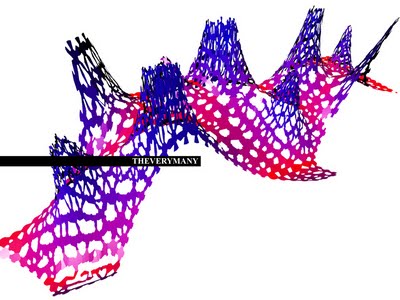
top surface reconstruction
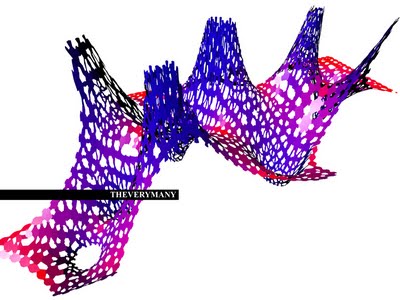
bottom surface reconstruction
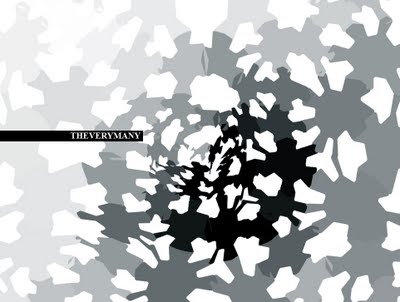
pattern extract
Labels: algorithm, aluminum, architecture, digital, digital fabrication, flat panels, marc fornes, nEdg, Nurbs surface, proccedure, protocol, rhinoscript, tessellation, theverymany
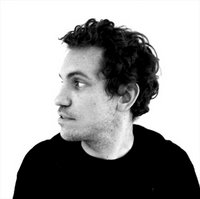

<< Home